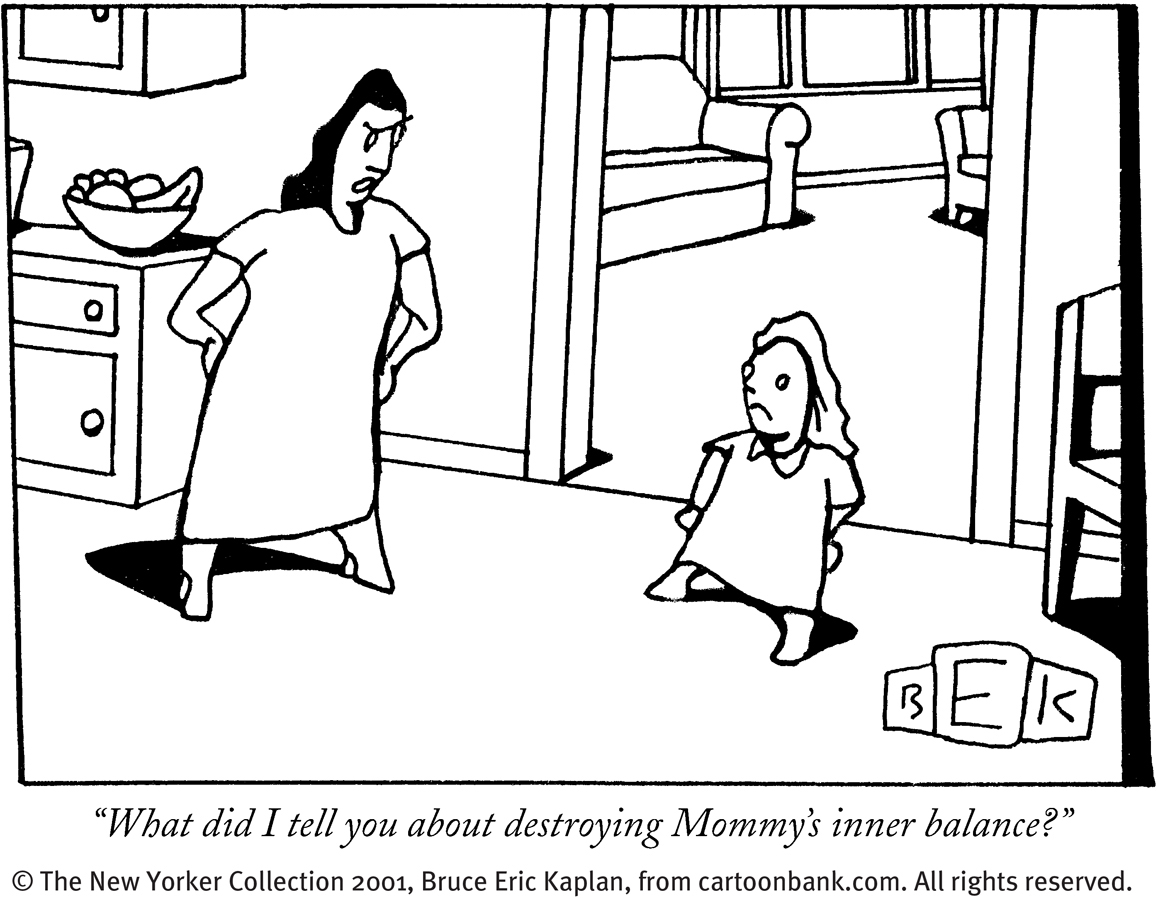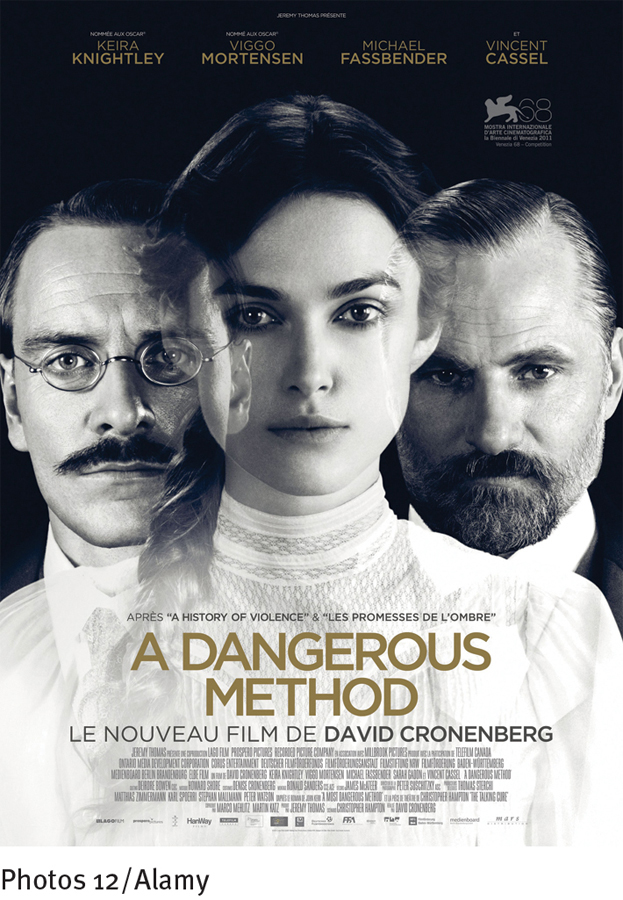3.7 PUTTING IT...together
Integration of the Models
Today’s leading models vary widely (see Table 3-4), and none of the models has proved consistently superior. Each helps us appreciate a key aspect of human functioning, and each has important strengths as well as serious limitations.
|
|
Biological |
Psychodynamic |
Behavioral |
Cognitive |
Humanistic |
Existential |
Family- |
Multicultural |
|---|---|---|---|---|---|---|---|---|
|
Cause of dysfunction |
Biological malfunction |
Underlying conflicts |
Maladaptive learning |
Maladaptive thinking |
Self- |
Avoidance of responsibility |
Family or social stress |
External pressures or cultural conflicts |
|
Research support |
Strong |
Modest |
Strong |
Strong |
Weak |
Weak |
Moderate |
Moderate |
|
Consumer designation |
Patient |
Patient |
Client |
Client |
Patient or client |
Patient or client |
Client |
Client |
|
Therapist role |
Doctor |
Interpreter |
Teacher |
Persuader |
Observer |
Collaborator |
Family/social facilitator |
Cultural advocate/teacher |
|
Key therapy technique |
Biological intervention |
Free association and interpretation |
Conditioning |
Reasoning |
Reflection |
Varied |
Family/social intervention |
Culture- |
|
Therapy goal |
Biological repair |
Broad psychological change |
Functional behaviors |
Adaptive thinking |
Self- |
Authentic life |
Effective family or social |
Cultural awareness and comfort |

With all their differences, the conclusions and techniques of the various models are often compatible. Certainly our understanding and treatment of abnormal behavior are more complete if we appreciate the biological, psychological, and sociocultural aspects of a person’s problem rather than only one of them. Not surprisingly, a growing number of clinicians favor explanations of abnormal behavior that consider more than one kind of cause at a time. These explanations, sometimes called biopsychosocial theories, state that abnormality results from the interaction of genetic, biological, developmental, emotional, behavioral, cognitive, social, cultural, and societal influences (Calkins & Dollar, 2014; Pincus, 2012). A case of depression, for example, might best be explained by pointing collectively to an individual’s inheritance of unfavorable genes, traumatic losses during childhood, negative ways of thinking, and social isolation.
 biopsychosocial theories Explanations that attribute the cause of abnormality to an interaction of genetic, biological, developmental, emotional, behavioral, cognitive, social, and societal influences.
biopsychosocial theories Explanations that attribute the cause of abnormality to an interaction of genetic, biological, developmental, emotional, behavioral, cognitive, social, and societal influences.

Some biopsychosocial theorists favor a diathesis-
Given the recent rise in biopsychosocial theories and combination treatments, our examinations of abnormal behavior throughout this book will take two directions. As different disorders are presented, we will look at how today’s models explain each disorder, how clinicians who endorse each model treat people with the disorder, and how well these explanations and treatments are supported by research. Just as important, however, we will also be observing how the explanations and treatments may build upon and strengthen one another, and we will examine current efforts toward integration of the models.
SUMMING UP
MODELS OF PSYCHOLOGICAL ABNORMALITY Scientists and clinicians use models, or paradigms, to understand and treat abnormal behavior. The principles and techniques of treatment used by clinical practitioners correspond to their preferred models. pp. 55–
57 THE BIOLOGICAL MODEL Biological theorists look at the biological processes of human functioning to explain abnormal behavior, pointing to anatomical or biochemical problems in the brain and body. Such abnormalities are sometimes the result of genetic inheritance of abnormalities, normal evolution, or viral infections. Biological therapists use physical and chemical methods to help people overcome their psychological problems. The leading methods are drug therapy, electroconvulsive therapy, and, on rare occasions, psychosurgery. pp. 57–
62 Page 94THE PSYCHODYNAMIC MODEL Psychodynamic theorists believe that an individual’s behavior, whether normal or abnormal, is determined by underlying psychological forces. They consider psychological conflicts to be rooted in early parent-
child relationships and traumatic experiences. The psychodynamic model was formulated by Sigmund Freud, who said that three dynamic forces— the id, ego, and superego—interact to produce thought, feeling, and behavior. Freud also proposed that individuals who do not make appropriate adjustments in the id, ego, and superego during their early years may become fixated at an early stage of development. Other psychodynamic theories are ego theory, self theory, and object relations theory. Psychodynamic therapists help people uncover past traumas and the inner conflicts that have resulted from them. They use a number of techniques, including free association and interpretations of psychological phenomena such as resistance, transference, and dreams. The leading contemporary psychodynamic approaches include short- term psychodynamic therapies and relational psychoanalytic therapy. pp. 62– 69 THE BEHAVIORAL MODEL Behaviorists concentrate on behaviors and propose that they develop in accordance with the principles of learning. These theorists hold that three types of conditioning—
classical conditioning, operant conditioning, and modeling—account for all behavior, whether normal or dysfunctional. The goal of the behavioral therapies is to identify the client’s problematic behaviors and replace them with more appropriate ones, using techniques based on one or more of the principles of learning. The classical conditioning approach of systematic desensitization, for example, has been effective in treating phobias. pp. 69– 72 THE COGNITIVE MODEL According to the cognitive model, we must under stand human thought to understand human behavior. When people display abnormal patterns of functioning, cognitive theorists point to cognitive problems, such as maladaptive assumptions and illogical thinking processes. Cognitive therapists try to help people recognize and change their faulty ideas and thinking processes. Among the most widely used cognitive treatments is Beck’s cognitive therapy. pp. 72–
75 THE HUMANISTIC-
EXISTENTIAL MODEL The humanistic-existential model focuses on the human need to confront philosophical issues such as self- awareness, values, meaning, and choice successfully to be satisfied in life. Humanists believe that people are driven to self- actualize . When this drive is interfered with, abnormal behavior may result. One group of humanistic therapists, client-centered therapists , tries to create a very supportive therapy climate in which people can look at themselves honestly and acceptingly, thus opening the door to self-actualization. Another group, gestalt therapists, uses more active techniques to help people recognize and accept their needs. Recently the role of religion as an important factor in mental health and in psychotherapy has caught the attention of researchers and clinicians. According to existentialists, abnormal behavior results from hiding from life’s responsibilities. Existential therapists encourage people to accept responsibility for their lives, to recognize their freedom to choose a different course, and to choose to live with greater meaning. pp. 76–
82 BETWEEN THE LINES
Is Niceness in the Genes?
Research suggests that people with particular versions of the receptor genes for two hormones, oxytocin and vasopressin, are consistently nicer than people without such gene versions.
(Poulin, Homan, & Buffone, 2012)
THE SOCIOCULTURAL MODEL The family-
social perspective looks outward to three kinds of factors. Some proponents of this perspective focus on social labels and roles; they hold that society calls certain people “mentally ill” and that those individuals in turn follow the role implied by such a label. Others focus on social connections and supports, believing that isolation, poor social supports, and similar factors may contribute to psychological difficulties. Still others emphasize the family system, believing that a family’s structure or communication patterns may force members to behave in abnormal ways. Practitioners from the family-social model may practice group, family, or couple therapy, or community treatment.
The multicultural perspective holds that an individual’s behavior, whether normal or abnormal, is best understood when examined in the light of his or her unique cultural context, including the values of that culture and the special external pressures faced by members of that culture. Practitioners of this model may practice culture-sensitive therapies , approaches that seek to address the unique issues faced by members of cultural minority groups. pp. 82–92 Page 95
Visit LaunchPad

www.macmillanhighered.com/